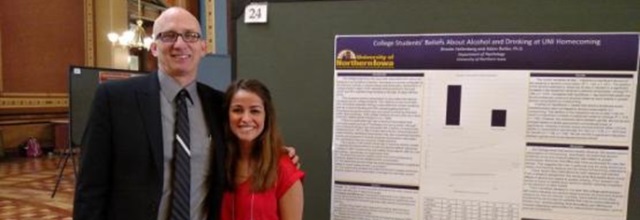Honors Program Theses
Award/Availability
Open Access Honors Program Thesis
First Advisor
Sunde M. Nesbit
Abstract
The model that is currently in place is the categorical model and its use has been widespread since 1980 when the DSM-III was published and used internationally for categorical assessment (Mayes & Horwitz, 2005). It has since been widely utilized by professionals, but is not without flaws. Based on the argument for an alternative approach, researchers have argued several limitations of the categorical model: that no true discrete mental illness can be reasonably operationalized by categorical measures; that negative stigmas can accompany a diagnosis of mental illness; that there is inherent uncertainty when making diagnoses, whether to perceive certain information as a symptom or an illness (Kessler, 2002; Kraemer et. al, 2002; Millon, 1991). Further, the categorical approach to diagnosis involves symptom cutoffs that are arbitrary, and the diagnosis of disorders is unreliable (Kessler, 2002; Millon, 1991; Trull, 2005). With this in mind, there is a movement ( 1991) for either the implementation of the dimensional model or a push for the combination of the two forms of assessment depending on individual needs of the client. With this uncertainty present, this research examined what model practicing clinicians prefer and possible future directions based on their responses.
Year of Submission
2013
Department
Department of Psychology
University Honors Designation
A thesis submitted in partial fulfillment of the requirements for the designation University Honors
Date Original
5-2013
Object Description
1 PDF file (20 pages)
Copyright
©2013 Nic Stewart
Recommended Citation
Stewart, Nic, "Categorical vs. Dimensional Models of Mental Health Assessment" (2013). Honors Program Theses. 595.
https://scholarworks.uni.edu/hpt/595




Comments
If you are the rightful copyright holder of this thesis and wish to have it removed from the Open Access Collection, please submit a request to scholarworks@uni.edu and include clear identification of the work, preferably with URL.